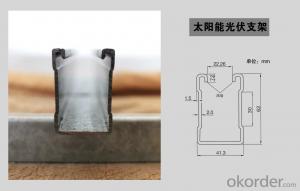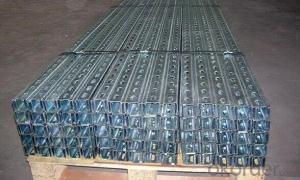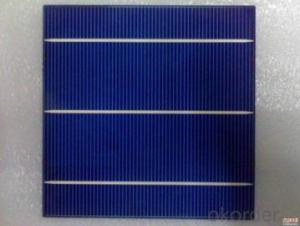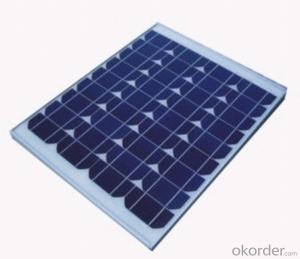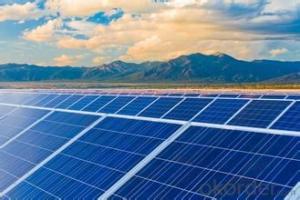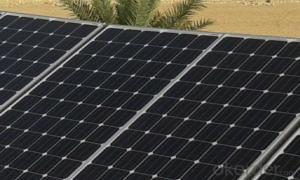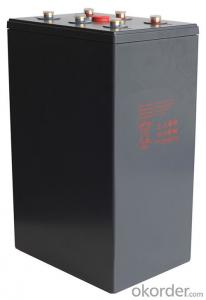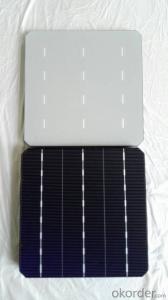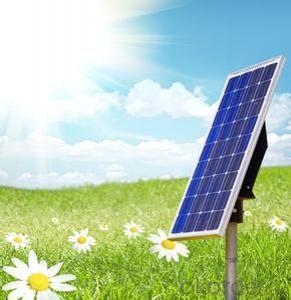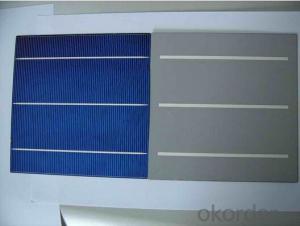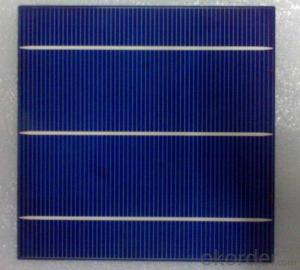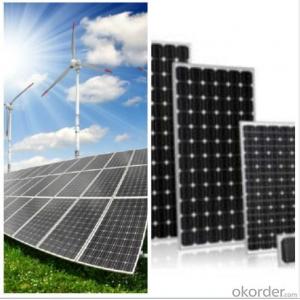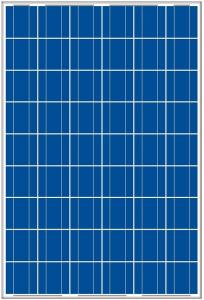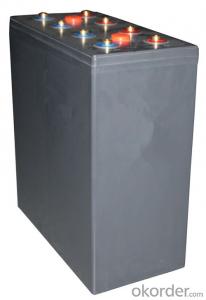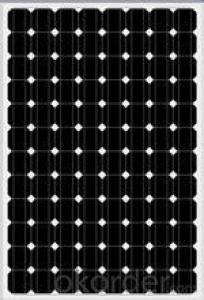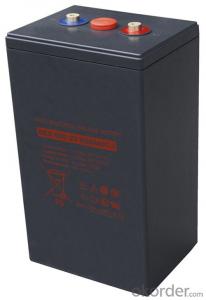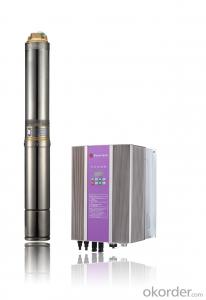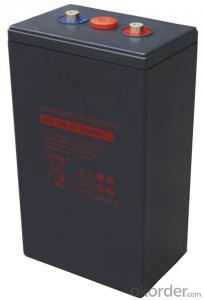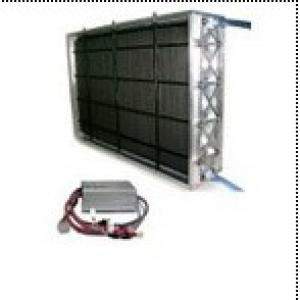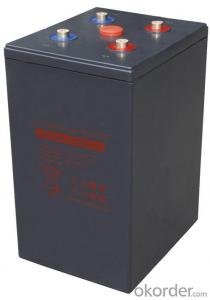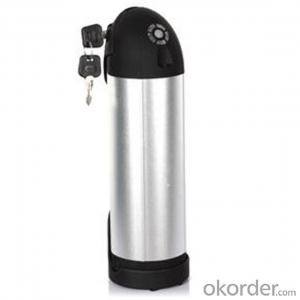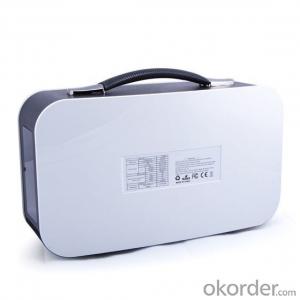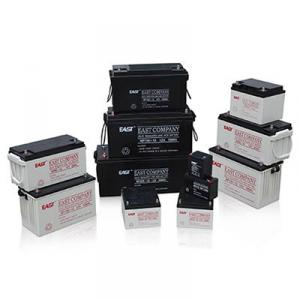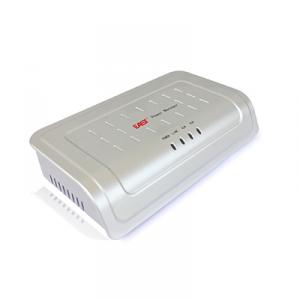Rec Solar Cells
Rec Solar Cells Related Searches
Rec Solar Inverter Residential Solar Cells Rectenna Solar Cells Rv Solar Cells Raw Solar Cells Ruthenium Solar Cells Perc Solar Cells Compact Solar Cells Solar Energy Cells Round Solar Cells Electric Solar Cells Photovoltaic Solar Cells Free Solar Cells Better Solar Cells Seattle Solar Cells Bio Solar Cells Ibc Solar Cells Organic Solar Cells Nano Solar Cells Satellite Solar Cells Home Depot Solar Cells Buy Solar Cells High Temperature Solar Cells High Quality Solar Cells Cis Cigs Solar Cells Perc Silicon Solar Cells High Performance Solar Cells Flex Solar Cells Solar Cell Module Aerospace Solar CellsRec Solar Cells Supplier & Manufacturer from China
Rec Solar Cells, a leading brand in the photovoltaic industry, offers a wide range of high-quality solar panels designed to harness the power of the sun and convert it into usable electricity. These solar panels are engineered with advanced technology to ensure maximum efficiency and durability, making them ideal for both residential and commercial applications. They are particularly well-suited for rooftop installations, where they can provide a reliable source of clean energy for homes and businesses alike.The usage scenarios for Rec Solar Cells are vast, as they can be integrated into various systems to meet different energy needs. From off-grid solar power systems in remote areas to grid-tied systems that supply power to the electrical grid, these solar panels offer a versatile solution for harnessing solar energy. They are also commonly used in large-scale solar farms, where they contribute to the generation of clean, renewable energy on a massive scale. Additionally, Rec Solar Cells can be found in applications such as solar-powered streetlights, electric vehicle charging stations, and even integrated into the design of buildings as building-integrated photovoltaics (BIPV).
Okorder.com is a reputable wholesale supplier of Rec Solar Cells, boasting a large inventory that caters to the diverse needs of customers worldwide. With a commitment to providing top-notch products at competitive prices, Okorder.com ensures that customers have access to the latest solar technology without breaking the bank. Their extensive inventory allows them to offer a wide selection of Rec Solar Cells, making it easy for customers to find the perfect solar panels for their specific requirements. By partnering with Okorder.com, customers can rest assured that they are receiving high-quality Rec Solar Cells that will stand the test of time and deliver reliable energy generation for years to come.
Hot Products
